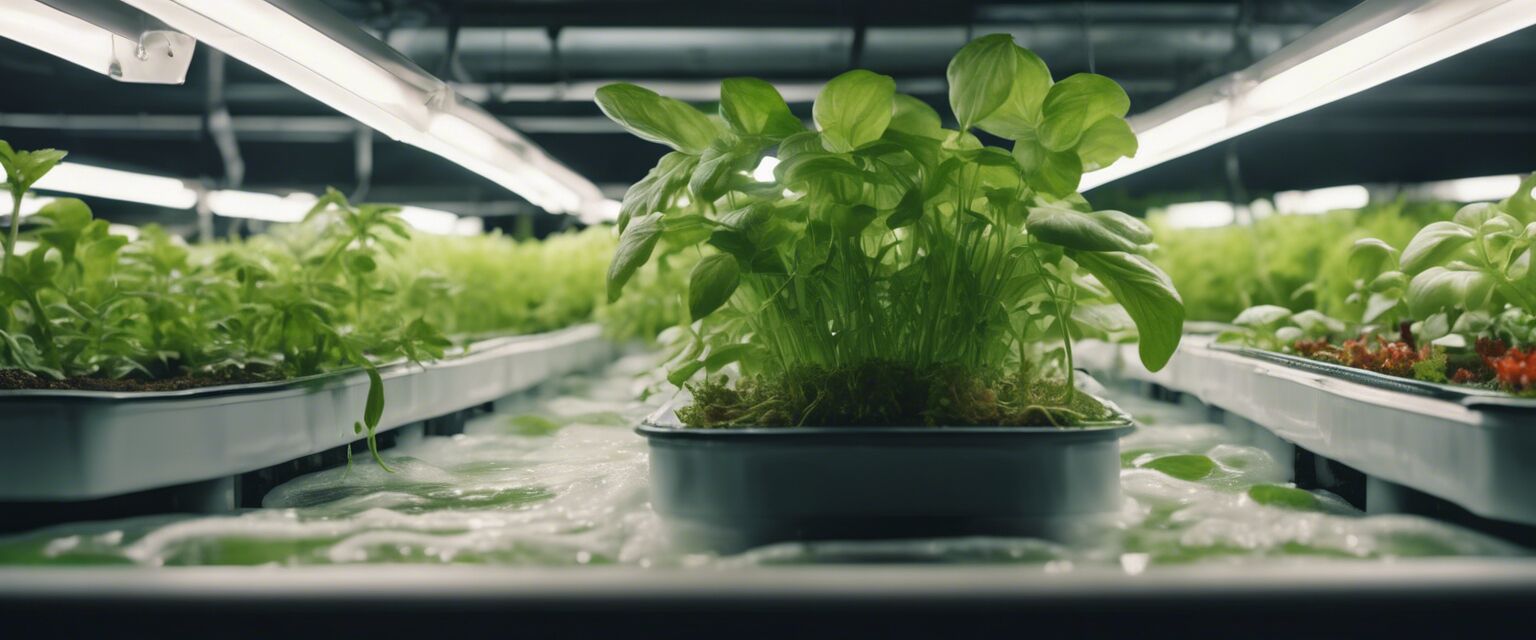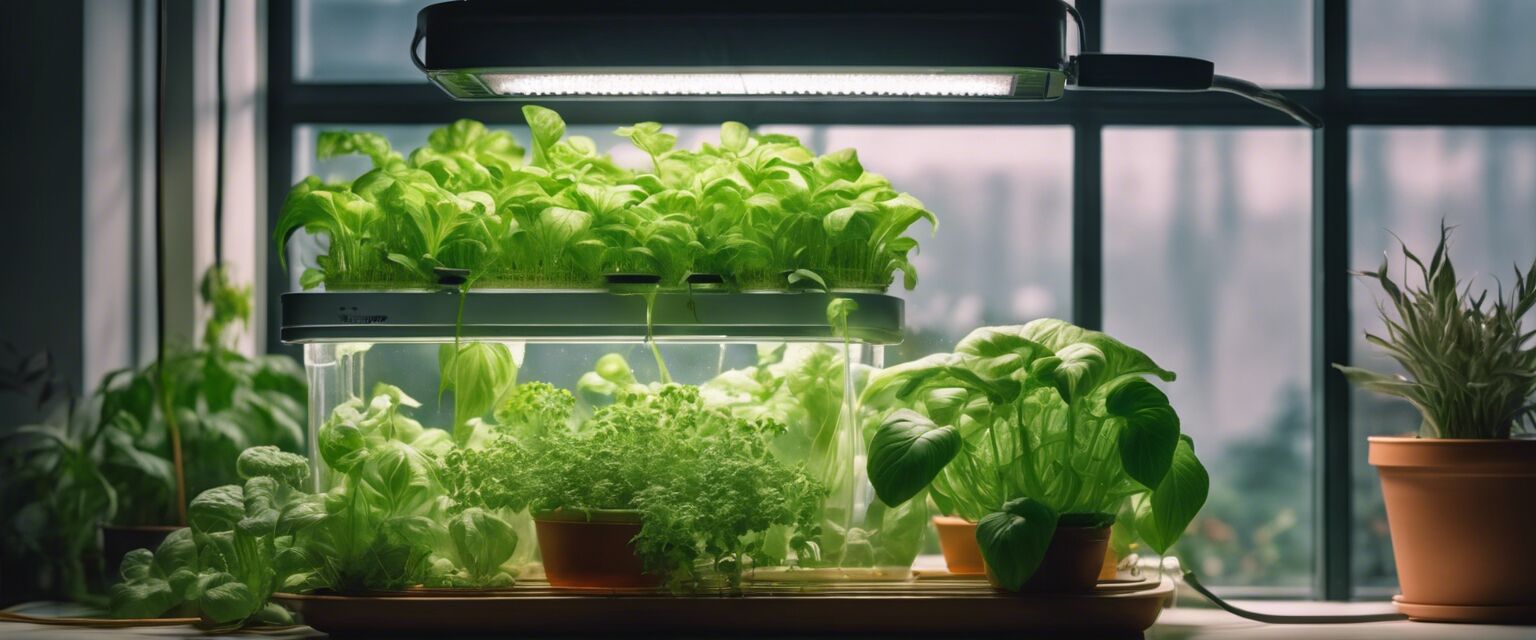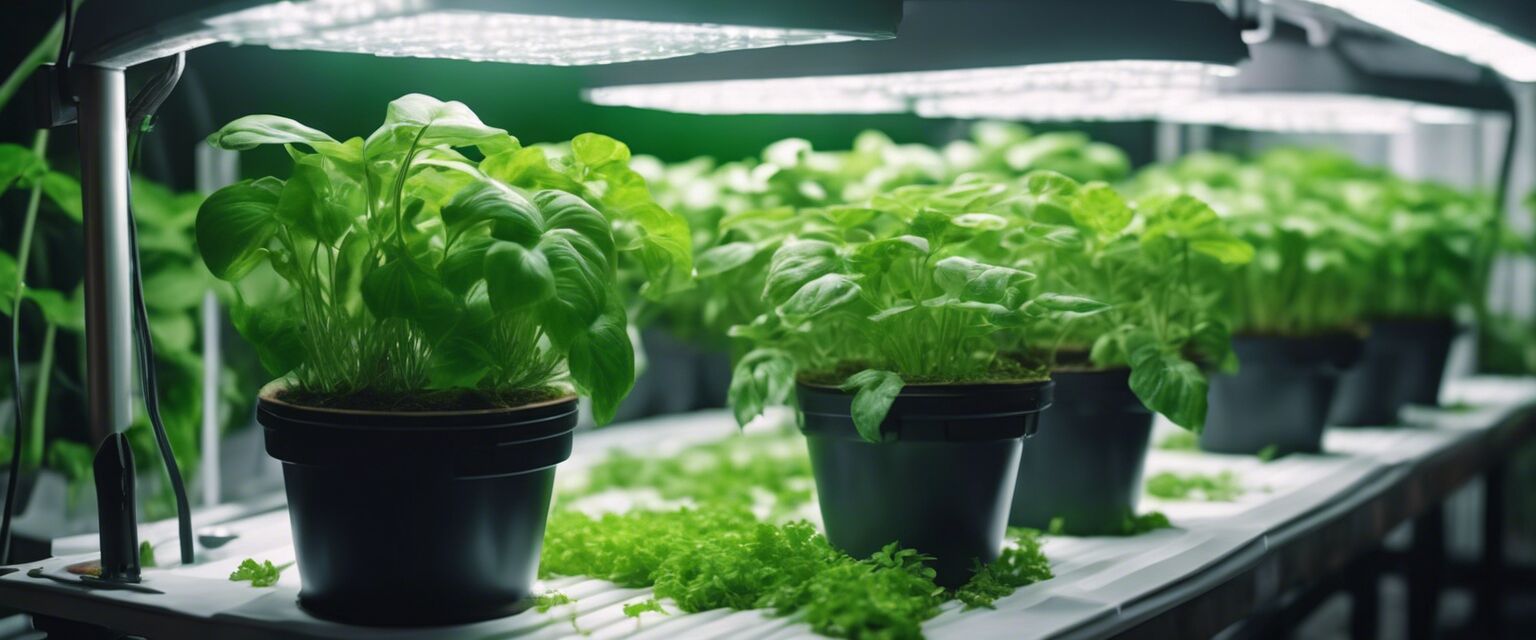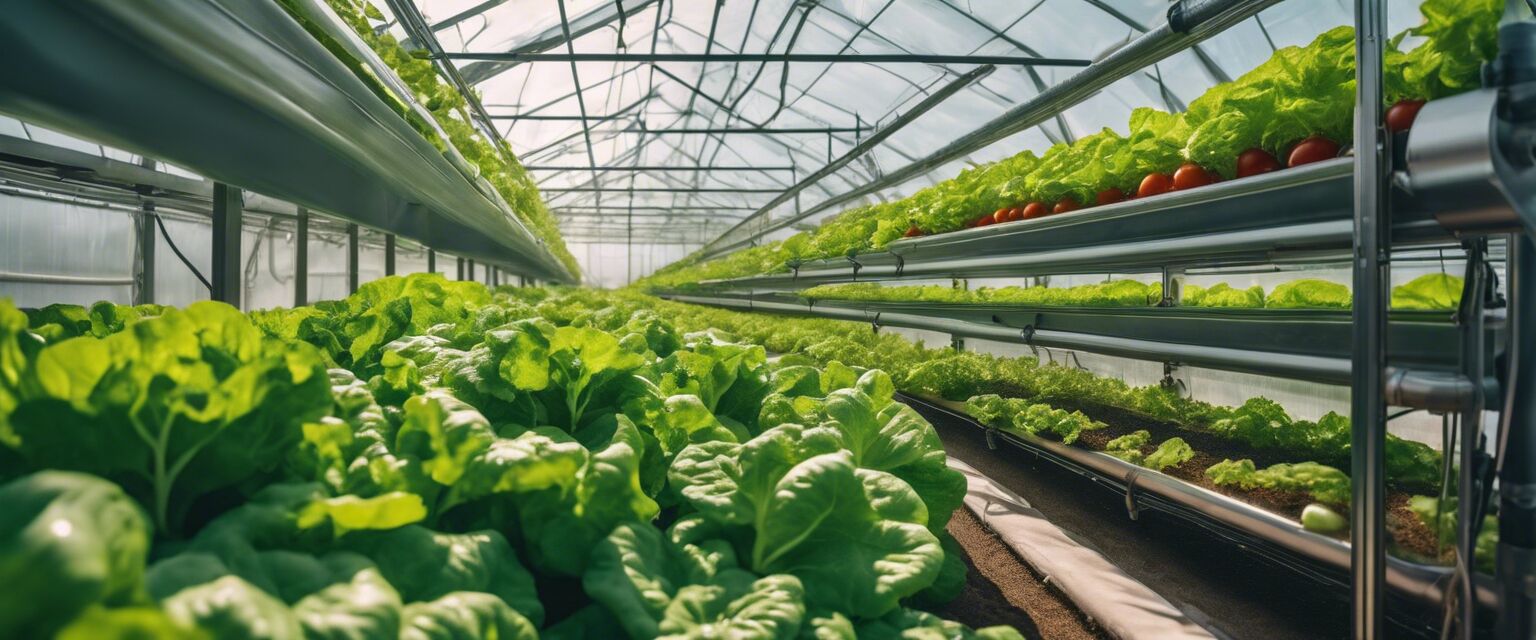
Commercial Hydroponic Farming
Commercial hydroponic farming is an innovative approach to agriculture that allows farmers to grow plants without soil, utilizing nutrient-rich water solutions. This method is becoming increasingly popular due to its efficiency in water usage, space optimization, and year-round production capabilities. In this article, we will explore the essential insights and guidelines for scaling up to commercial hydroponic farming, including business planning and return on investment (ROI).
Key Takeaways
- Hydroponic farming allows for year-round crop production, making it ideal for urban settings.
- Business planning is crucial for successful commercial hydroponic farming.
- Understanding ROI helps in making informed investment decisions.
- Choosing the right hydroponic system and technology is essential for maximizing yields.
- Effective marketing strategies can enhance sales and customer reach.
Understanding Hydroponic Farming
Hydroponic farming is a method of growing plants in a soilless environment, which can significantly increase yield compared to traditional farming. This technique is particularly advantageous for areas with poor soil quality or limited space. Below is a comparison of various hydroponic systems:
| Hydroponic System | Description | Pros | Cons |
|---|---|---|---|
| Nutrient Film Technique (NFT) | Plants are grown in a sloped trough where a thin film of nutrient solution flows. | Efficient water usage; good for leafy greens. | Requires constant monitoring; risk of pump failure. |
| Aeroponics | Plants are suspended in air and misted with nutrient solution. | Maximized oxygen exposure; rapid growth. | Higher initial costs; complex system maintenance. |
| Deep Water Culture (DWC) | Roots are submerged in a nutrient-rich oxygenated water solution. | Simpler to manage; suitable for larger plants. | Risk of root rot; requires good aeration. |
| Drip System | Nutrient solution is delivered directly to the roots through tubing. | Flexible; suitable for various plant types. | Clogging issues; requires regular maintenance. |
Business Planning for Hydroponic Farming
Before embarking on commercial hydroponic farming, it is essential to have a solid business plan. Here are the key components to consider:
- Market Research: Identify the demand for hydroponically grown products in your target market.
- Business Model: Decide whether you will sell directly to consumers, wholesalers, or retailers.
- Startup Costs: Estimate the initial investments required for equipment, facilities, and labor.
- Financial Projections: Develop a plan for revenue generation, including pricing strategies and expected sales volume.
- Legal Requirements: Research local regulations regarding farming practices and food safety standards.

Calculating Return on Investment (ROI)
Understanding your ROI is crucial for measuring the success of your hydroponic farming venture. Hereâs how to calculate it:
- Calculate Total Costs: Include all expenses such as equipment, labor, utilities, and supplies.
- Estimate Revenue: Project your income based on expected crop yields and market prices.
- Calculate ROI: Use the formula: ROI = (Net Profit / Total Costs) x 100.
Tips for Beginners
- Start small to gain experience before scaling up.
- Choose easy-to-grow crops like lettuce or herbs for your initial setup.
- Invest in quality equipment to ensure a successful operation.
- Network with other hydroponic growers for support and advice.
- Stay informed about industry trends and innovations.
Choosing the Right Hydroponic System
Selecting the appropriate hydroponic system is vital for maximizing crop yield and efficiency. Here are some factors to consider:
- Type of Crops: Different systems work better for specific plants. For example, NFT is great for leafy greens, while DWC is suitable for larger plants.
- Space Availability: Consider the space you have available. Vertical systems can save space in urban areas.
- Budget: Some systems have higher initial costs but may offer better long-term returns.
- Maintenance: Evaluate how much time and effort you can dedicate to system upkeep.
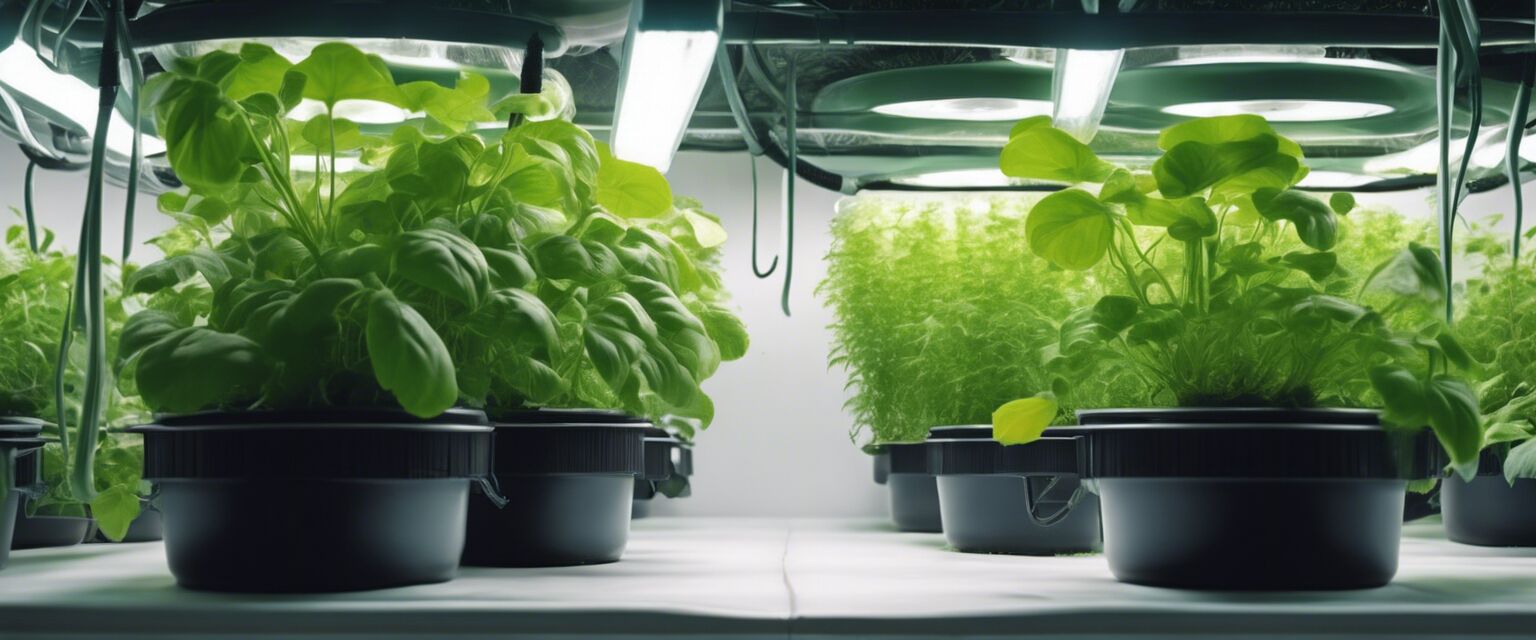
Marketing Your Hydroponic Products
Once youâve established your hydroponic farm, effective marketing is crucial for attracting customers. Here are some strategies:
- Branding: Create a strong brand that emphasizes the quality and sustainability of your products.
- Online Presence: Utilize social media and a website to reach potential customers.
- Local Markets: Participate in farmers' markets or community-supported agriculture (CSA) programs.
- Educational Workshops: Host workshops to teach others about hydroponic farming, which can also promote your products.
- Partnerships: Collaborate with local restaurants and grocery stores to supply fresh produce.
Conclusion
Commercial hydroponic farming presents a promising opportunity for those looking to innovate in agriculture. By understanding the essential components of business planning, ROI calculation, and effective marketing strategies, you can successfully scale up your hydroponic farming venture. With the right knowledge and resources, you can contribute to sustainable food production while enjoying the benefits of a thriving business.
